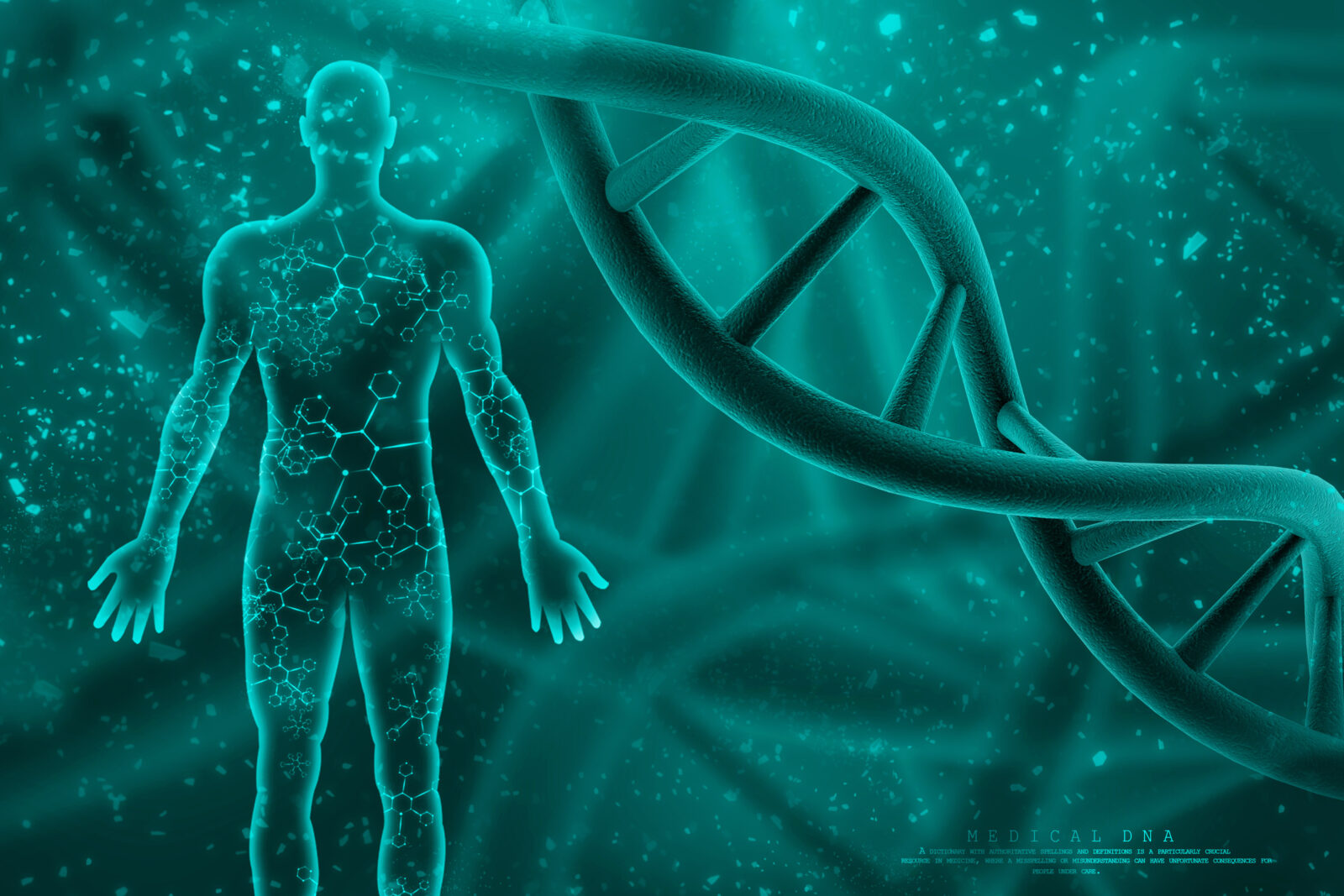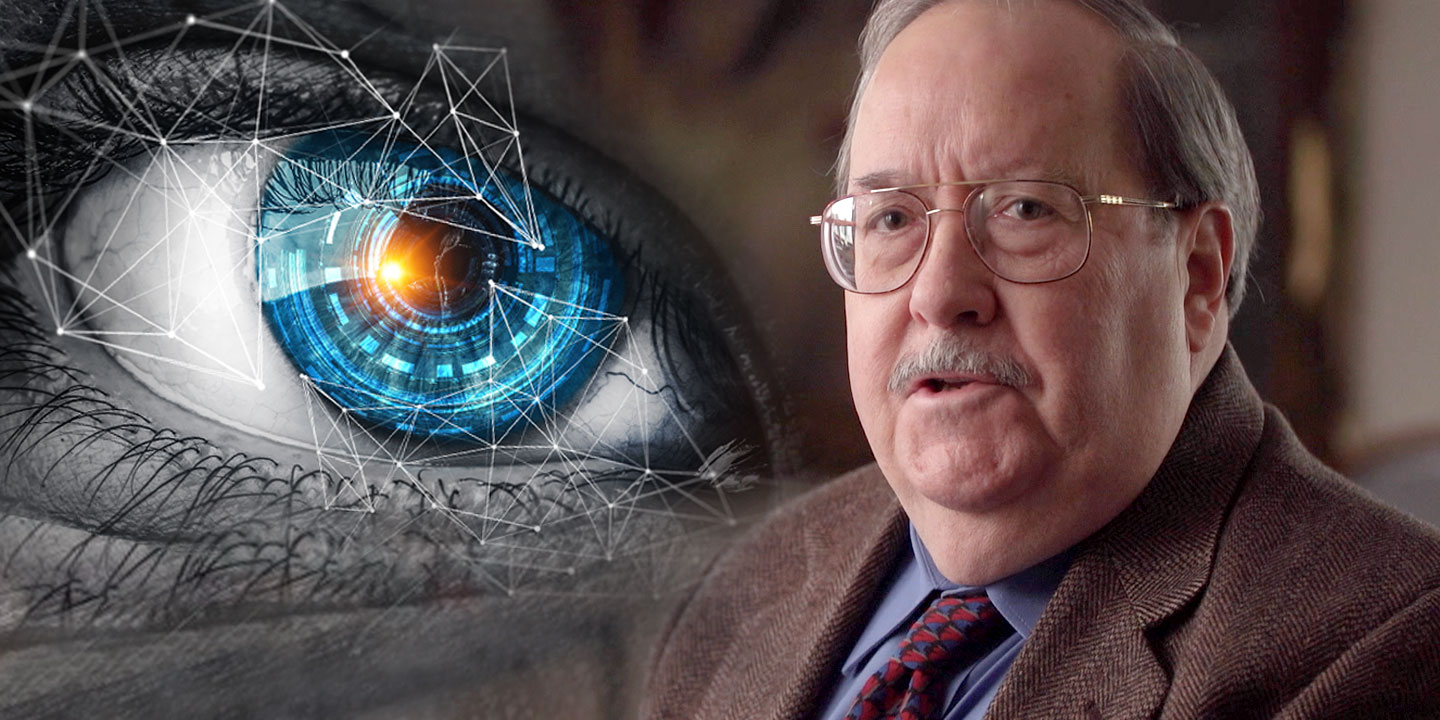


James Tour and Stephen Meyer Bring Clarity to Origin of Life Debate

A Guide to Understanding Contemporary Models of Human Origins

Why Intelligent Design Best Explains the Fossil Record Data

Engineering, not Evolution, Explains the Body

The Human Body As a Marvel of Engineering

Is Adaptation Actually a Fight to Stay the Same?

David Berlinski on the Immaterial, Alan Turing, and the Mystery of Life Itself

Jonathan Wells Evaluates Darwinian Evolution in New Online Course

David Berlinski on His New Book, Science After Babel
On today’s ID the Future, host Andrew McDiarmid rings up Science After Babel author David Berlinski in Paris to discuss the philosopher’s latest book. Berlinski is at his cultivated best as the two discuss everything from the biblical Tower of Babel as a metaphor for modern materialistic science, to his friendship with the brilliant and colorful French intellectual Marcel Schützenberger, a world-class mathematician who was self-taught and, as we learn here, came within a hair’s breadth of being swept up in the Chinese Revolution. Berlinski also reflects on the seminal 1966 WISTAR symposium, which laid out some mathematical challenges to Darwinism, challenges that Berlinski says remain unanswered to this day. At the same time, Berlinski gives the devil — here Read More ›